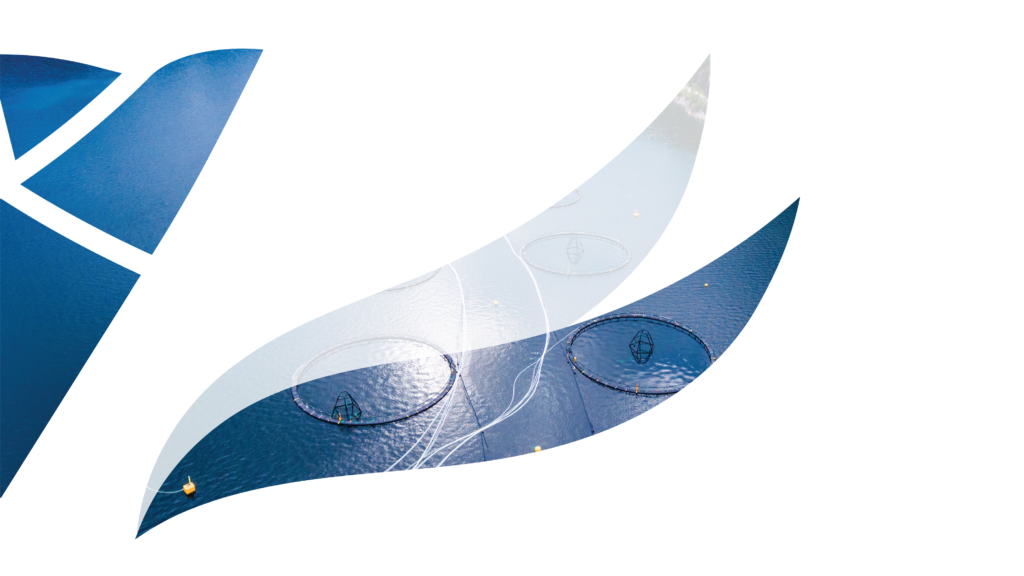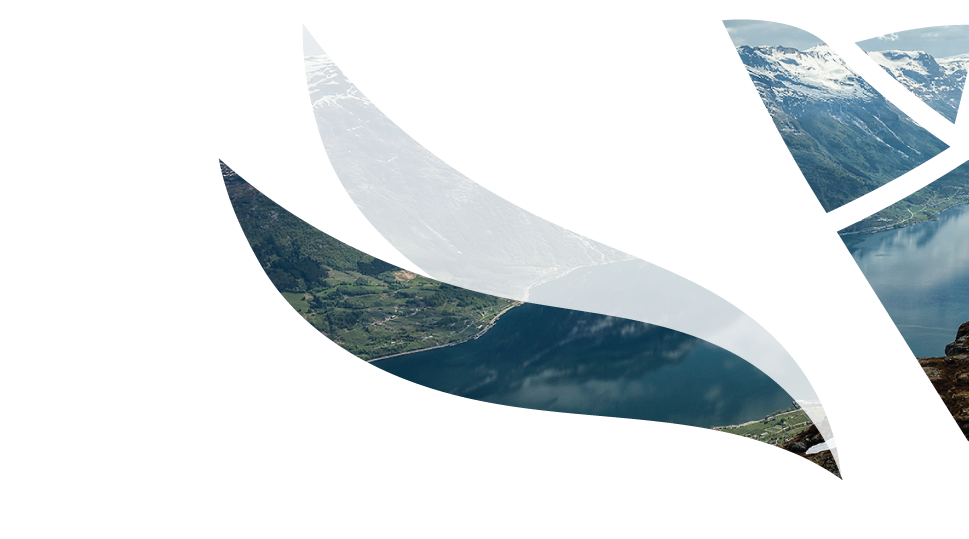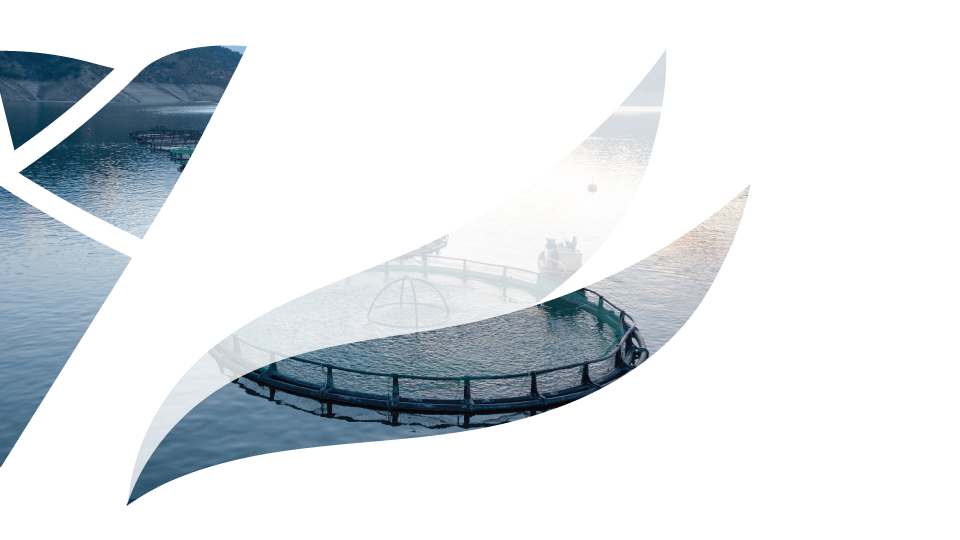RESEARCH

Through international collaborative research and innovation, AQUAPHOENIX is shaping a novel solution to capture waste to limit emissions from the aquaculture sector and valorise that waste into new and sustainable energy, agriculture and aquaculture products.

UNDERSTANDING AQUACULTURE IMPACTS
The Hardangerfjord has a rich history of salmon farming and is a key region for the aquaculture sector in Norway and Europe. The majority of cultivation is done in traditional open pens, which release excess feed and faecal matter (sludge) into the water column and onto the seafloor. These emissions increase the amount of nitrogen and phosphorus (N+P) in the water, which can in turn lead to eutrophication (excessive levels of nutrients), oxygen depletion, pollution and decreased biodiversity.
As a semi-enclosed basin, Hardangerfjord provides an opportunity to track the fluxes of N+P, to measure their effects on the ecosystem and to determine the impact of sludge removal on the fjord. AQUAPHOENIX will measure the volume of sludge that is captured and analyse its N+P content to determine the ecological impacts of sludge removal on the fjord.
IMPROVING ENVIRONMENTAL MONITORING
AQUAPHOENIX’s comprehensive research on aquaculture N+P emissions and the effects of sludge removal on the fjord ecosystem will support an integrated N+P monitoring and budgeting framework at a local and regional level. Together, we will combine robust monitoring, analysis of current and historical data, and future modeling to validate the potential of sludge removal and support the restoration of the marine ecosystem.


PUTTING CIRCULARITY INTO PRACTICE
AQUAPHOENIX will develop and demonstrate new pathways and production methods for extracting value from sludge. These pathways have enormous market potential, with commitment arranged from environmental services and waste management partners, innovation companies and major production sites.
Pursuing New Pathways
Manure fertiliser
Reuse sludge from the Åland demonstration site as a nutrient rich manure fertiliser.
Microalgae cultivation
Assess and validate the uses of waste water from sludge collection to produce high value microalgae biomass, determine its potential applications.
Renewable energy
Use diluted aquaculture sludge to produce biogas through anaerobic digestion; develop processes to increase the share of aquaculture sludge towards mono-digestion of pure aquaculture sludge.
Novel fertiliser and feed
Extract nitrogen and phosphorous from sludge for use in technical grade mono-ammonium phosphate and calcium phosphate, assess feasibility of utilisation for feed and fertiliser.


